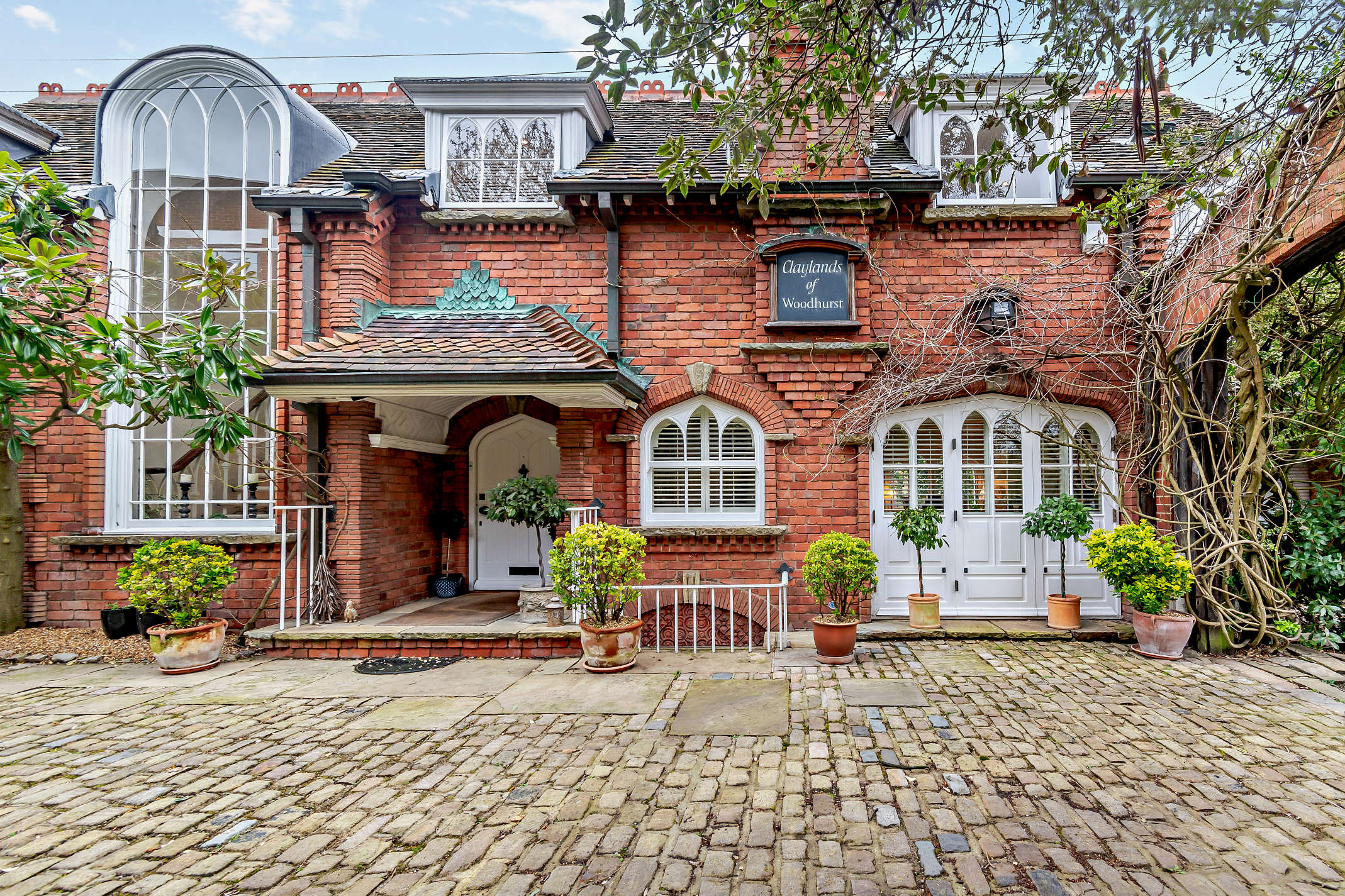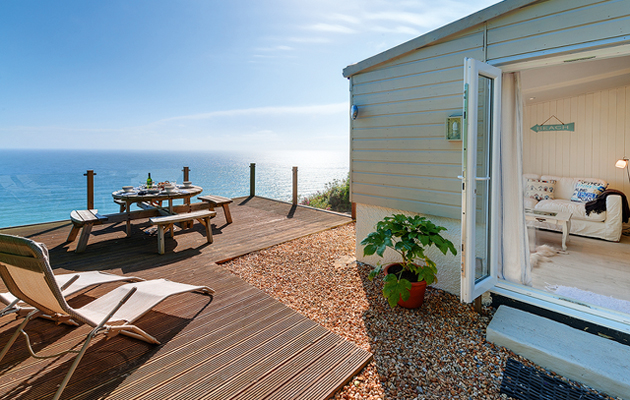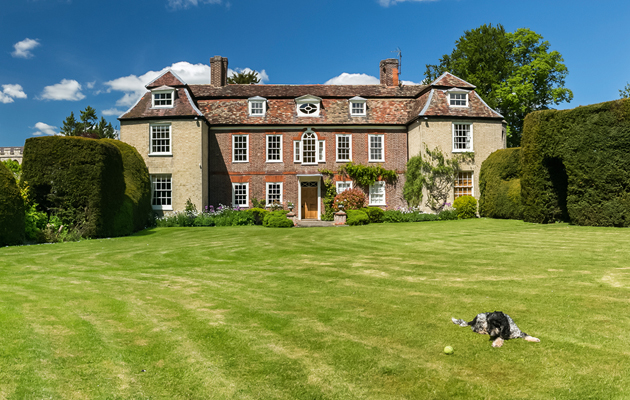Bricks and Mortar-Boards: the Guide to Student Property
Investing in a house for your child to live in while at university can be a profitable move if you choose the right property in the right area


With the cost of a British university education already standing at about £10,000 a year per student a figure set to soar even further following a widespread increase in annual top-up fees charged by leading universities many anxious parents are turning to the property market to help fund their children's career in further education. Increasingly, parents are looking to buy reasonably priced three- or four-bedroom houses close to their child's university, letting out extra bedrooms to other students so that their child can live rent-free, and hoping that rising house prices will ensure that they do not lose on their investment when the time comes to sell. The experience of one parent probably represents everyone's dream scenario when it comes to buying a student property. In March 2003, a successful Wiltshire accountant bought a three-bedroom house in Loughborough for his son, who was studying for a degree in aeronautical engineering, for £122,000 (just short of the stamp-duty threshold). The house was in good condition, needing only 'a lick of paint' and £50 worth of repairs to the heating system, so they were straight away able to let the spare bedrooms (including the converted dining room) to friends to cover the mortgage taken out in his son's name. Three trouble-free years later, the house was sold for £142,000, leaving enough profit to pay off most of his son's student loan. Not everyone will be so lucky, of course. The cost of buying a student property, and the eventual capital return on your investment (if any) will largely depend on where, and what, you buy. We asked Liam Bailey, head of residential research at Knight Frank, to crunch some numbers relating to Britain's top 20 provincial universities, as featured in The Sunday Times University Guide 2007. Collating data provided by such eminent sources as HBOS plc, the Higher Education Statistics Agency (HESA), the Office for National Statistics (ONS) and Knight Frank's own data-base, he has built up a student-property profile for each town, so that parents can make an informed decision about where, or if, they should consider investing in a student property. It certainly makes for fascinating reading. Mr Bailey offers some solid advice to parents who are looking to not only fund their children's living costs while at university, but also to secure reasonable levels of both capital appreciation and income for the medium to long term. 'All "top 20" provincial university towns and cities are, as we might expect, at the top end of the UK city performance league they are all areas with growing local economies and growing employment,' Mr Bailey points out. 'In every location, there is a potential investment angle. Always think hard about differentiating your investment from the other student housing that is available. Students have become very discerning in recent years (something which will not surprise their parents) and they now demand, as standard, good-quality bathrooms and kitchen facilities, as well broadband and satellite television connections.' Are those wonderfully grotty student pads soon to become a thing of the past, we wonder? This article first appeared in Country Life magazine on August 24, 2006
Sign up for the Country Life Newsletter
Exquisite houses, the beauty of Nature, and how to get the most from your life, straight to your inbox.
Country Life is unlike any other magazine: the only glossy weekly on the newsstand and the only magazine that has been guest-edited by HRH The King not once, but twice. It is a celebration of modern rural life and all its diverse joys and pleasures — that was first published in Queen Victoria's Diamond Jubilee year. Our eclectic mixture of witty and informative content — from the most up-to-date property news and commentary and a coveted glimpse inside some of the UK's best houses and gardens, to gardening, the arts and interior design, written by experts in their field — still cannot be found in print or online, anywhere else.
-
 Everything you need to know about private jet travel and 10 rules to fly by
Everything you need to know about private jet travel and 10 rules to fly byDespite the monetary and environmental cost, the UK can now claim to be the private jet capital of Europe.
By Simon Mills Published
-
 'I'd willingly give a year of my life for a fortnight there': The green dream that is the garden of Derreen
'I'd willingly give a year of my life for a fortnight there': The green dream that is the garden of DerreenExotic woods, labyrinths of narrow, mossy paths and thousands of tree ferns make this an internationally important garden, writes Charles Quest-Ritson. Photographs by Jonathan Hession.
By Charles Quest-Ritson Published
-
 What to expect when you're expecting (to move to the countryside)
What to expect when you're expecting (to move to the countryside)On March 28, agents Michael Graham will be showcasing some of their best countryside properties at their west London office.
By James Fisher Published
-
 Property Talk: When is the right time to downsize?
Property Talk: When is the right time to downsize?Sometimes our homes can get too big for us, meaning it’s time to downsize. Here, we speak to those involved with the process.
By James Fisher Published
-
 How to win in the property market: Tips from some of Britain's best buying agents
How to win in the property market: Tips from some of Britain's best buying agentsWhether looking for the perfect family home or negotiating on price, buying agents do the heavy lifting–and are well used to analysing the market. Carla Passino gets advice from a few of the best.
By Carla Passino Published
-
 Top tips on renting your holiday home
Top tips on renting your holiday homeThe holiday-home market on the Cornish coast looks set for a lively summer. Arabella Youens finds out how to make the running costs bearable.
By Arabella Youens Published
-
 Tips and advice for holiday home owners
Tips and advice for holiday home ownersWith the start of the summer season nearly upon us, more and more country-house owners are dipping into the short-let scene.
By Country Life Published
-
 Property guide to Elstead
Property guide to ElsteadFreddie Mack shares the secrets of Elstead in Surrey, a prime spot for young families looking for properties outside London near good schools
By Country Life Published
-
 Property guide to Cheriton
Property guide to CheritonIf you're considering buying property in or around Cheriton this year, take a look at our property guide which covers where to buy, what prices to expect and where to have fun in the area
By Country Life Published
-
 Make your holiday let work for you
Make your holiday let work for youIf you're considering renting out your holiday property prepare by reading this first
By Country Life Published
